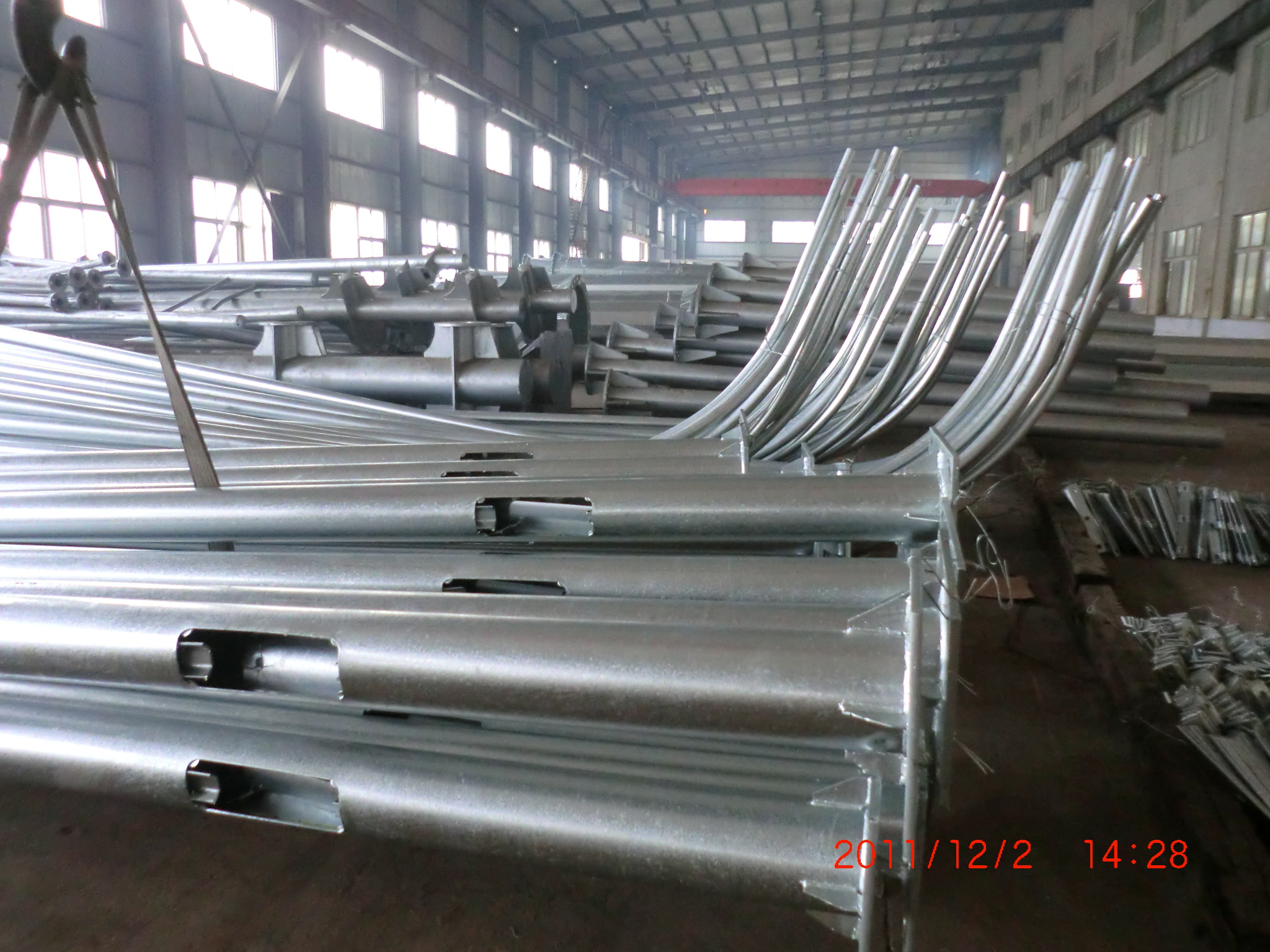As various professions and fields flourish, metal equipment, things and products are used in many places. Metal objects like steel often experience corrosion because moisture in the air has a definite effect on these metals, so many steel products are affected by some external factors, their longevity will be shortened, many manufacturers are worried about this problem. In order to extend the life of steel structure products, they are busy looking for ways to maintain steel. And hot galvanizing process satisfied the customer's demand in many aspects.
A few days ago, I was out for dinner with the client, during which I talked about how the zinc was plated on the steel. I explained it briefly, but the effect was not very satisfactory. Now I would like to make a general summary.
It is after quite complex physical and chemical processes that a layer of zinc is formed on the steel tube. When zinc is liquid, it can be corroded and dissolved regardless of its melting point. "Dry" hot galvanizing, for example, plating zinc chloride solvent on the steel tube on the drying oven preheated to 200-250 ℃ temperature, inlet temperature of 480-500 ℃ in zinc liquid. First of all, the steel pipe absorbs a lot of heat in an instant, making the zinc liquid on the surface of the steel pipe suddenly cold, making it solidify on the surface of the steel pipe in an instant, forming a solid shell. As the heat continues and a large amount of supply is provided, this shell melts due to rapid heating. When the surface temperature of steel tube and the temperature of zinc liquid reach equilibrium, the solubility and zinc start to interact. Fe and zn are combined to form fe - zn alloy. The outer side of the iron-zinc alloy layer is connected with the pure zinc layer. After cooling, the pure zinc layer crystallizes, and the steel tube matrix is connected on the inner side of the zinc layer. Therefore, the process of hot galvanizing is mainly the process of forming galvanizing layer due to diffusion.

